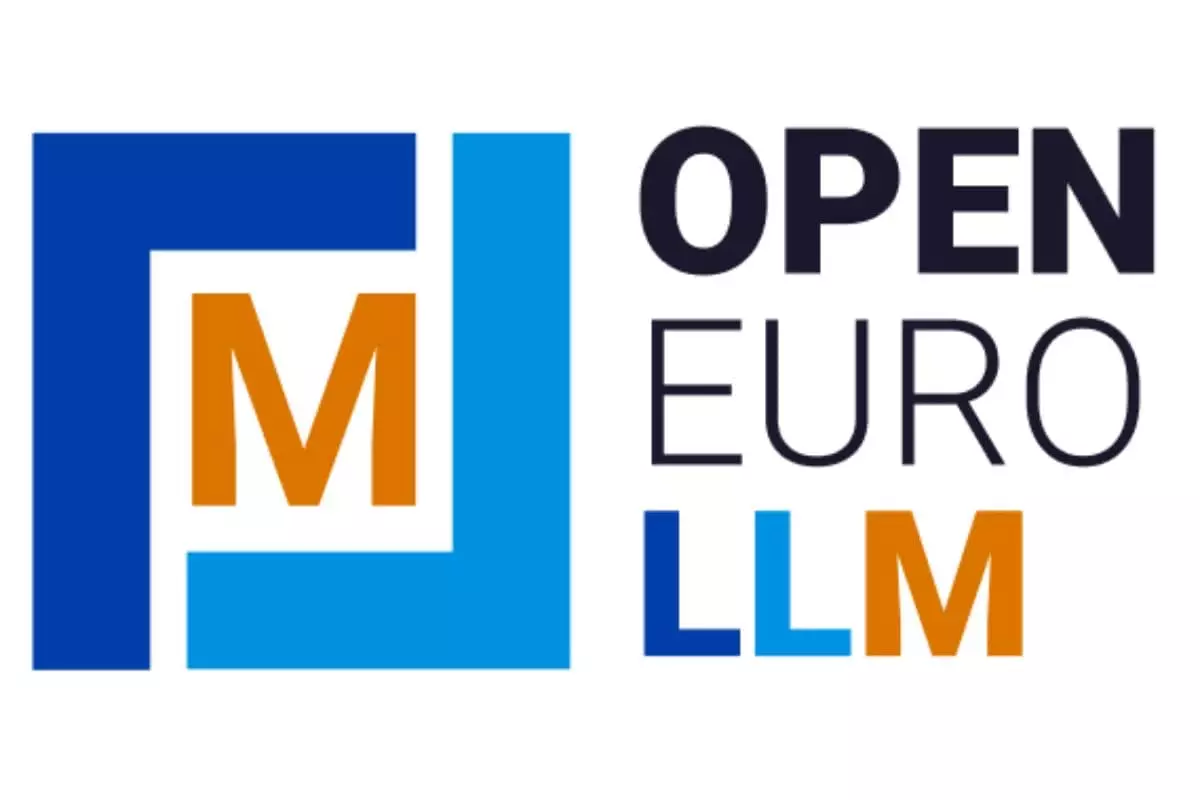On a significant note for the technology landscape in Europe, the launch of the OpenEuroLLM Project marks a pivotal moment in the realm of artificial intelligence. Announced on Monday, this initiative is a testament to the European Commission’s commitment to fostering innovation through collaboration. The project, which has received the prestigious Strategic Technologies for Europe Platform (STEP) Seal, is dedicated to the development of open-source large language models (LLMs) that will accommodate the diverse linguistic needs of the European Union (EU). This recognition underscores the project’s importance as a technology endeavor that aligns with the EU’s ambition to lead in the digital age.
One of the core objectives of OpenEuroLLM is to create a robust family of multilingual LLMs. This ambition is particularly crucial in a multicultural entity like the EU, where over 24 official languages coexist. By ensuring proficiency in all these languages, OpenEuroLLM will play a vital role in enhancing communication and accessibility across different regions. The models will be developed with a clear commitment to transparency and adherence to the EU regulatory framework, which sets a pioneering standard for AI development not just within Europe, but potentially globally as well.
The backbone of the OpenEuroLLM initiative is its consortium, which comprises 20 diverse European research institutions, key industry players, and EuroHPC centers. Coordinated by Jan Hajič from Charles University in Czechia and co-led by industry expert Peter Sarlin of AMD Silo AI, this consortium brings together a wealth of expertise and resources. The collaborative effort is aimed not just at theoretical developments but at creating practical, high-performance AI tools that can serve various sectors including commercial, industrial, and public services.
A distinctive feature of the OpenEuroLLM Project is its commitment to transparency and community involvement. Once the models are developed, they will be released as open-source, allowing for widespread access and potential modifications by users. This approach not only democratizes AI technology but also empowers European companies to compete on a global scale. The public release of documentation, training codes, and evaluation metrics further reinforces this ethos, ensuring that the technological advancements can effectively meet diverse industry needs.
While the excitement surrounding OpenEuroLLM is palpable, it also raises critical questions about its future. The European Commission has signaled strong support, having already allocated funding under the Digital Europe Programme. However, specific timelines for the model releases remain unclear. As the project moves forward, it will be essential to balance rapid innovation with compliance to ensure sustainable growth. The next steps will involve attracting more investors and establishing clear objectives that address both technological advancement and societal impact.
The OpenEuroLLM Project encapsulates a forward-thinking approach to artificial intelligence in Europe. By prioritizing multilingualism, transparency, and community engagement, it sets a precedent for future ventures in the field, positioning Europe as a formidable player in the global AI arena. The project’s success could redefine how AI technologies are developed and utilized, with far-reaching implications for businesses and public organizations alike.


Leave a Reply